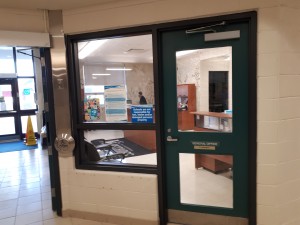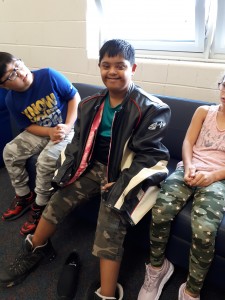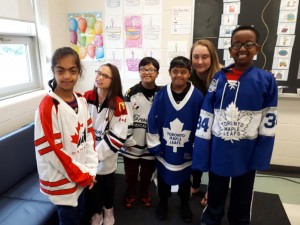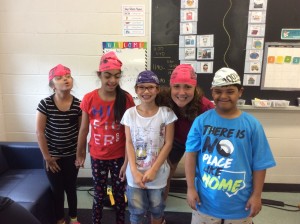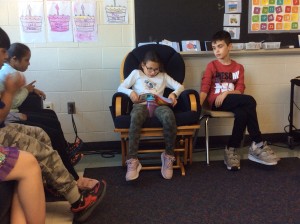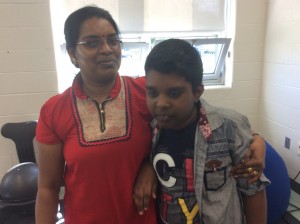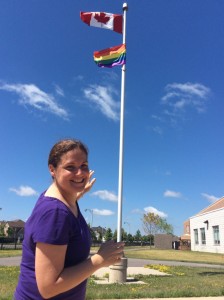This post is a follow up to Building upon balance. It also has a companion post titled Wyoming 1971 if you want a trip back in time that adds more context to my thinking.
In the 1980’s, if you wanted to attend a university program you needed to complete a 5 year high school school diploma. Grade 13. The big one. It was a make or break year for any and all of us with aspirations of a white collar middle-class jobs whether they be Engineering, Medicine, Law or Finance. That was it. There were no other jobs(sigh).
Grade 13 meant you could choose some of your courses. Some. You still had to take English and at least one Math course. I chose the easiest one, Functions and Relations, or so I thought. By mid-term I was on my way to a failing grade(60%) with poor results at every turn. I wondered why it wasn’t clicking? I had an 85% in Grade 12 Math so a decent mark should not have been out of the question. My teacher was good enough most days, my effort was only questionable some days, but scraping by was not going to get me into university. I ended up with a 51%.
I wondered why things had not come together? Then I realized that my grade 12 Math class had been nearly a year before. My school was on the semester system, and that meant if you took Math in Term 1, you might not be taking it again until a year later. At the bare minimum if I do the Math right, it meant 8 months of not keeping previously acquired skills sharpened if your course ended in January. I limped through the course, somehow graduated, went to university, and got kicked out 3 years later for academic underperformance. Could not practicing Math on a more frequent basis have contributed to my lacklustre results?
Like so many people I was mad at Math. I wasn’t good at it(cop out). I didn’t have a Math brain to solve for x or any other letters of the alphabet for that matter(fixed mindset). I used my Math skills for bargains, business, and family budgets(with a calculator). I did not take another Math class until 20 years later in teachers college. I rediscovered my love for Math after many hours of review and practice problems because I saw it not as problems and symbols on a page, but as a challenge and chance to be a problem solver. It was like working out for the first time and instead of my body waving the surrender flag, it was my brain most of the time. After a number of months, some, but not all of the concepts were returning. However, I had lost a lot of form and vocabulary. To put it another way, the blocks of my foundation were in bad shape and in need of a rebuild(still working on it).
A few years into the future I stood in front of my first Math class as a teacher. To no one’s surprise, the first few weeks were like peddling a bike with square wheels. It took a while to wear down the edges in order to build momentum. The students needed time to build up their brain muscles too. It had been nearly 3 months since their last Math lesson and although the blocks were formed, they were no longer as firmly fixed to their foundations for the time being. It was like a knowlege hemorrhage had happened over the summer. This made me wonder whether I could change the way Math and other subjects could be taught to reduce this from happening each year?
The following September, it became clear that there was some evidence supporting my observation that students were losing their academic edges over the summer break. I wanted to find out whether any academic studies were considerate of this and if there were ways to slow it down or stop it. In a study from 2016 titled Summer Math Loss, this occured much more frequently as a result of socio-economic factors, but that was not the issue at my school which by and large did not mirror the demographics mentioned in the article. However, the Harvard Study provided a practical solution that would help regardless of socio-economic status. Simply, share a little bedtime Math along with that last story of the night. From experience, I can say that a little Math conversation can go a long way. It could be a matter of planning a family fun day or saving for a new toy. It could also happen earlier in the day while driving somewhere by playing license plate Math. Whatever time of day it happened would add some rock solid reinforcement about remainders, ratios, and everyday numeracy. The article goes on to share 4 ways to overcome a “summer slump” that could be easily applied in all seasons.
If it can be done at home, then it can definitely be done in the classroom over the 10 months of learning each year. Teachers can now work at threading or interleaving concepts throughout the entire school year. When we shift from the teach, test, and move on model of instruction to the teach, apply, connect, assess, and revisit model our students’ abilities to acquire, apply and retain concepts will improve. I see the value in doing whatever it takes to help my learners succeed. On one hand a longer school day or year may be the answer. For others, it may still come in the form of more worksheets(please no). There is also the spiralled or interleaved approach that constructs the foundations of understanding block by block the whole school year long.
We have 9 months of incredible opportunities ahead of us. I hope you are already seeing the hard work you are pouring into your classrooms paying off and that the foundations are being strengthened for a growth filled year to come.
Note:
I started this post with the intention of arguing about why we need a more balanced school year because our students are not retaining what they have learned. I softened my stance after reading a few papers in the research(some are linked above). I wanted to share my experiences of losing my own skills when they went unused over time. It ended up as a reflection and a call to action, not to tear down the walls, but to strengthen them around our students as often as possible.
I hope you enjoyed reading this post. Please consider sharing it with others and commenting to keep the conversations going strong. Thank you.

